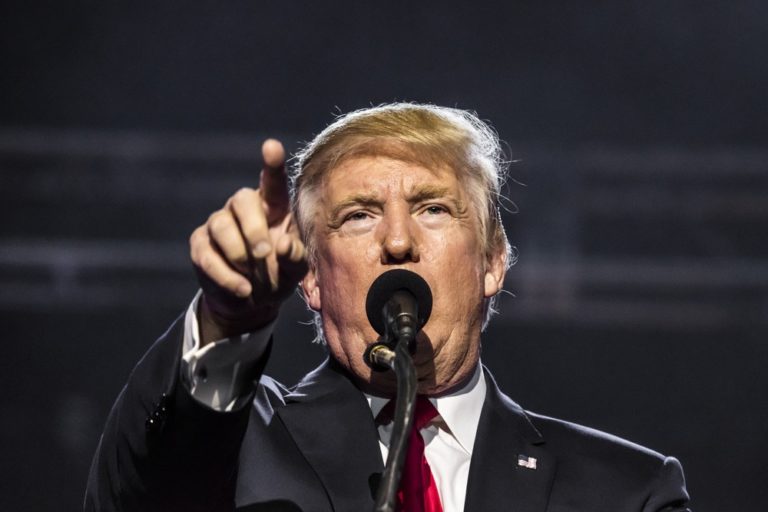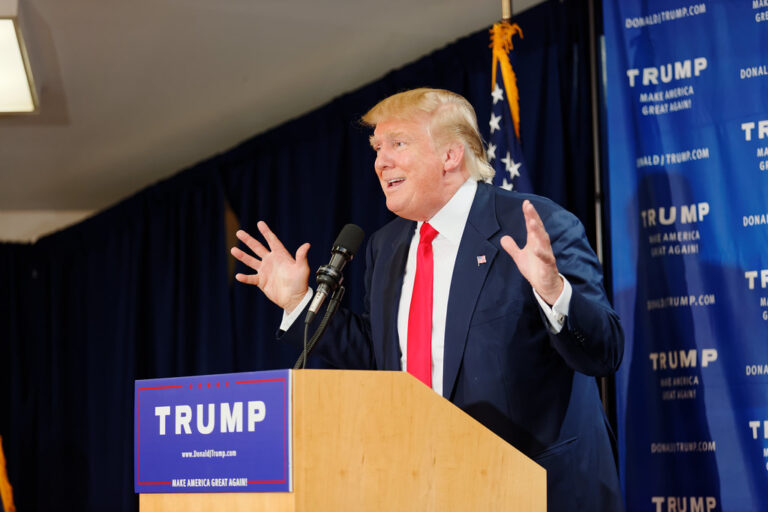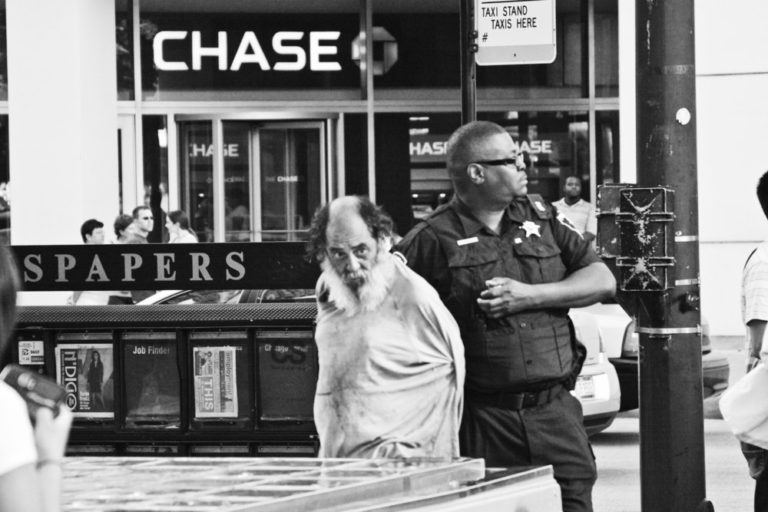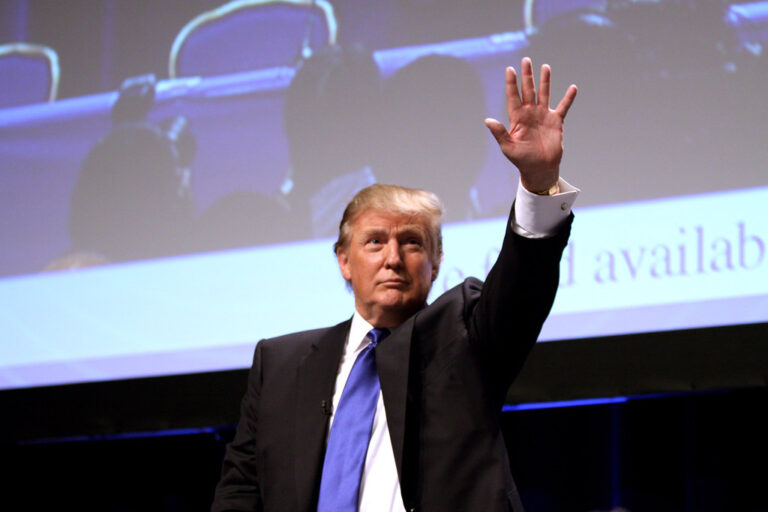Key Takeaways:
- President Trump has attacked New York City’s Democratic mayoral nominee.
- His target is Representative Zohran Mamdani, who leads New York’s 10th congressional district.
- Trump issued a stark warning related to immigration enforcement.
- Mamdani and New York Democrats have strongly denounced Trump’s remarks.
- The threat concerns a potential conflict with federal immigration laws if Mamdani becomes mayor.
Trump’s Warning Regarding New York City Mayor
President Donald Trump escalated his campaign against Democratic candidate Zohran Mamdani for New York City mayor recently. His latest attack centers on immigration. Trump directly warned that if Mamdani, should he win, refuses to help federal immigration agents, he would face arrest. This threat came during a visit to a detention center in Florida on July 1st.
Trump’s promise to arrest a mayor over enforcing federal law is a powerful statement. It suggests he might hold the elected official personally responsible. Mamdani, a congressman representing a New York City area, has previously spoken out against cooperating with federal immigration authorities.
The situation highlights a potential clash of values in the upcoming election. It forces voters to consider the role of the city in federal matters.
Background: Zohran Mamdani’s Candidacy
Zohran Mamdani is a familiar political figure in New York. He currently serves as the United States Representative for New York’s 10th Congressional District. This district includes parts of the Bronx. His bid for mayor makes him the first candidate of color from his congressional district to run for citywide office.
Mamdani’s political platform centers heavily on fighting for New York residents. He emphasizes issues like rent control, strengthening public schools, and expanding social services.
A key part of his platform involves opposing federal immigration enforcement within the city. He has publicly pledged not to assist federal immigration authorities, like U.S. Immigration and Customs Enforcement (ICE).
This stance is popular with some New Yorkers but puts him in direct conflict with President Trump. It also creates friction with city officials who worry about federal cooperation.
Mamdani argues that sanctuary city policies, which limit cooperation with federal immigration agents, protect local law enforcement resources. They keep officers focused on crimes like murder and assault, not immigration enforcement. He believes these policies align with treating everyone in the city with dignity.
Why Immigration is Central to This Race
Immigration enforcement is a highly sensitive topic nationwide. New York City, a major destination for immigrants, is no exception. The debate often divides communities. Some support sanctuary policies, valuing protection from deportation raids. Others prioritize national security and federal law enforcement.
For President Trump, sanctuary cities represent broken borders and a challenge to federal authority. He believes cities shouldn’t obstruct federal actions.
For Mayor de Blasio and other city officials, these policies are about protecting families and ensuring police focus on crime. They argue immigration enforcement actions can unfairly target vulnerable groups.
Zohran Mamdani is part of that progressive wing. He believes sanctuary policies are crucial for New York’s values and safety. His promise to continue this stance as mayor puts him in Trump’s sights.
Trump’s threat directly addresses this promise. He’s saying he will not accept a mayor who refuses to play ball with federal immigration agents.
The Mayor’s Role and Federal Laws
Does the Mayor have a legal duty to help federal immigration agents? The answer is complex. There is no broad, mandatory federal law compelling mayors to assist immigration enforcement. The specific circumstances matter. For example, New York City has specific agreements regarding certain types of detainers, which are requests for law enforcement to hold individuals for immigration proceedings. These are often part of broader agreements.
However, the Mayor does have broad executive powers overseeing city agencies. City agencies could theoretically refuse to share information or resources requested by federal immigration authorities. This could be interpreted as defiance, especially if done on a large scale.
Trump’s threat suggests he views this potential defiance as a serious crime. By saying he would arrest the Mayor, he implies personal responsibility. He’s not just talking about city lawyers or specific agencies; he’s targeting the Mayor himself.
This is a strong warning. It goes beyond typical political rhetoric. It suggests consequences beyond losing support or a recall election. Arrest is a criminal accusation, implying illegal activity. Mamdani’s opponents would use this to suggest he plans illegal actions.
New York Democrats Respond Fervently
New York City’s Democratic leadership, led by Mayor Eric Adams and former市长候选人白思豪 (former Mayor Bill de Blasio), immediately denounced Trump’s comments. They saw the threat as baseless and politically motivated.
They emphasized Mamdani’s record of fighting for New Yorkers. They argued his policies focus on protecting residents, not breaking laws. They framed Trump’s threat as an attempt to smear a legitimate candidate.
Many Democrats and supporters believe Trump is trying to unfairly tar Mamdani. They point out Mamdani has consistently supported New York families and workers. His refusal to cooperate only highlights a fundamental disagreement between him and Trump, not illegal intent.
The Democratic response underscores the deep political divide on this issue. The party largely supports sanctuary policies and the Mayor’s role in setting enforcement priorities. They see Trump’s threat as an attempt to divide the party and fearmonger about a hypothetical situation.
This reaction shows that the stakes for Mamdani and the city are high. The debate over sanctuary cities and federal cooperation is intense, especially with a national figure like Trump weighing in.
What Does This Mean for New York City and the Election?
Trump has until November to campaign hard, especially in New York. This threat is part of that campaign. It aims to raise doubts about Mamdani’s leadership and character. It taps into national anxieties and the sensitive issue of immigration.
Mamdani and his supporters must counter these claims. They need to explain his platform clearly. They must stress that his actions are lawful and focused on city priorities. They might highlight the Mayor’s existing powers and argue against the idea of personal arrest.
For New Yorkers, this exchange raises questions about the future of federal-local cooperation. Will sanctuary city policies continue under a different mayor? How might cooperation change? These decisions impact families, law enforcement, and the city’s relationship with the federal government.
The outcome of this election will be crucial. It determines who sets the tone for New York’s engagement with federal immigration authorities. The promise of enforcement cooperation or its absence will shape policies for years to come.
The Potential Consequences Mamdani Faces
Trump’s threat paints a dramatic picture. The idea of arresting the Mayor for not enforcing immigration laws is legally unusual. While technically possible under certain interpretations of state obligations, it’s highly unusual.
If a situation arises where a mayor is accused of obstructing justice related to cooperation with federal agencies, state attorneys general often handle such matters. However, Trump suggested personal accountability, potentially bypassing standard state protocols.
This threat creates significant personal risk for Mamdani. It’s a political tactic meant to intimidate or discourage his candidacy.
Mamdani, however, has shown no sign of backing down. He has consistently defended his position on sanctuary policies. He likely views Trump’s comments as irrelevant to his qualifications or his plan for New York City.
He and other Democrats see the threat as a desperate political move by Trump. They believe it will backfire and energize voters who support his policies.
The Human Element: Stories from New York
New York City thrives on its diversity. Millions call the five boroughs home. Immigrants from around the world have made New York their home for generations. Sanctuary policies are deeply tied to the experiences and fears of these residents.
Many New Yorkers fear deportation raids disrupt their lives. They worry about being pulled over for traffic stops and immediately targeted. Sanctuary cities aim to reduce this fear, focusing police resources on actual crime and creating a safer environment for all residents.
Zohran Mamdani has spoken about the human impact of aggressive enforcement. He believes cities should treat everyone with basic respect and safety. Sanctuary policies are part of that belief system.
His opponents, including Trump, argue these policies create chaos and break the law. They point to national security concerns and the need to uphold federal statutes.
This debate isn’t just abstract. It affects real people every day. Trump’s threat adds another layer to this already complex conversation about safety, legality, and values in New York City.
Conclusion: A Divided City, Intense Rhetoric
The exchange between President Trump and New York’s Democratic mayoral nominee Zohran Mamdani illustrates the fierce debates happening nationwide. Immigration enforcement remains a deeply divisive topic. Trump’s threat of arrest targets a specific policy stance central to Mamdani’s campaign.
New York Democrats strongly reject the idea that their candidate plans illegal actions. They see it as a smear tactic.
This conflict will likely continue through the election. New Yorkers are choosing between different visions for their city’s relationship with federal authorities. The outcome depends on whether voters believe Mamdani’s promise of sanctuary aligns with New York’s values or if they fear the personal risks involved.









